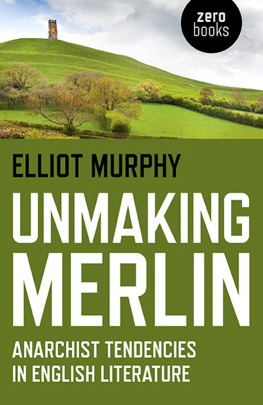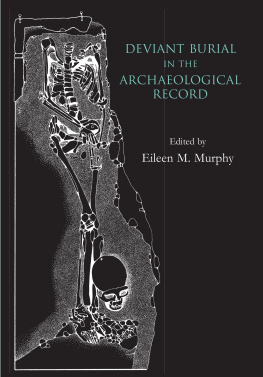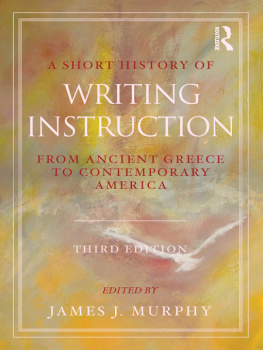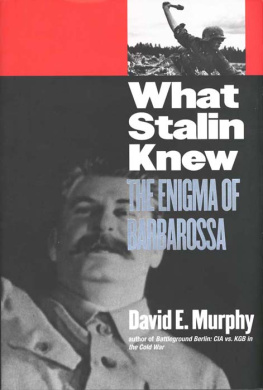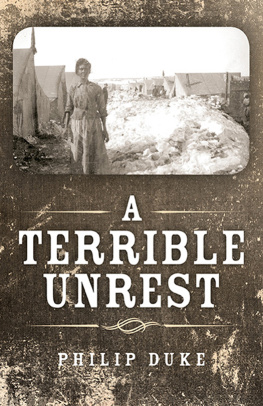
ebook ISBN 9781619028760
Copyright 2016 by Susan Murphy
All rights reserved under International and Pan-American Copyright Conventions. No part of this book may be used or reproduced in any manner whatsoever without written permission from the publisher, except in the case of brief quotations embodied in critical articles and reviews.
Library of Congress Cataloging-in-Publication Data is Available
Cover design by Gopa&Ted2
Interior design by Tabitha Lahr
COUNTERPOINT
2560 Ninth Street, Suite 318
Berkeley, CA 94710
www.counterpointpress.com
Distributed by Publishers Group West
10 9 8 7 6 5 4 3 2 1
Table of Contents
Guide
contents

W hen the western barbarian Bodhidharma, who journeyed east from India to sixth century China, his reputation spreading fast before him, was brought before the powerful Emperor Wu, funder of temples and monasteries, Wu demanded, Who is this person, sitting before me?
Bodhidharma replied, I dont know.
Who is this person who genuinely wonders, Who? as they write, or read, or walk, or talk? The vast emptiness that walks about upright in a human formbones, flesh, hair, eyes, hands, feetand feels waves of loneliness, desire, boredom, fear, overwhelming joy... who is this? Easy responses die fast and something else opens up, a rich and productive form of silence that is strangely embracing and unflappable, when that question is simple and steadily held.
Bodhidharmas I dont know comes ringing with the emptiness of his own earlier words, Vast emptiness, nothing holy, in which he also appeared completely at home. Yet these words also unseated the startled Emperor Wu, who had anticipated praise for his generous giving, or dana, recognized as the first principle of the holy teachingnothing but vast emptiness, nothing holy?
Dont mistake Bodhidharma for someone confused or lost in this I dont know. His own student, Huike, begged Bodhidharma to pacify his mind, to bring him to peace. When Bodhidharma asked Huike to bring his mind to be pacified, Huike confessed hed done his utmost to search for it, locate and define it, but he could not find it. No fixed or final address or form to be found, for the one he called by his own name. There. I have pacified your mind for you, replied Bodhidharma. And Huike met him at last, joyful in that I dont know.
But not-knowing is not remote and cold as intergalactic space; its thoroughly human, in a more wakeful state. Zen is distinctive in its resolute adherence to the unbreakable thread that warms and values this vast emptiness with mammalian and human embodiment, blood, passion, suffering, and all that comes along with that. Zen is peppered with koans and recorded exchanges that return us insistently toward the mixed, hazy, ordinary human world as the sole ground of freedom. But one koan above all venerates and makes this point comprehensively explicit.
A woman broke off from practicing the Mozart violin sonata she has loved for years to respond to a sudden heavy thud at the windowbird-strike. She ran outside to search for the bird in the deep drifts of snow and bring it into the warmth to tend it. She discovered the small, deep hole in the snow that contained a male finch, blood brighter than his red throat feathers bursting from his beak. But before she could lift him he fell back into the snow and grew still.
The tiny memorial she wrote for the blood-red finch that had pierced her heart was titled The Red Thread, after the koan that, above all, marks the Mahayana bloodline of Zen and its foundation in the profoundly inclusive discipline that follows upon sturdy insight into the reality of no-self, no-other.
Drawn from Songyuan Chongyues Three Turning Words that are encountered in the early stages of Zen koan practice when working with the Miscellaneous Koans, the koan poses a deceptively simple question that is lifelong in its remit: Why are perfectly accomplished saints and bodhisattvas still attached to the red thread?
While we may see into what it points to with relative ease, luckily that hardly helps, for this koan will forever scrutinize us as fully embodied human beings, with its timeless, ruthless, beneficial eyes. Instead of despising embodiment and the darker or more edgy places in the range of human emotions and states, Red Thread Zen dares to say to everything that turns up, including even a painfully restless mind, You are welcome here. You, just as you are, human and empty. This is the perennial point where real practice finds traction.
Red Thread Zen takes a marked turn from much of what the world takes to be Buddhism. Enlightenment and purity, proffered in various forms as a perfectible state, does not survive the gaze of the koan. Fear and disdain for bodily life and death wither there. Strong feelings can be embraced as powerful entry points on the path of practice, sexuality is at home, even women are resoundingly welcome. After all, in the words of one womans response to this koan, Emptiness bleeds. Not one human being would be here without that fact. Painful grief, laughter, and joy are all alive in it, and so are the strange fruits that can come from darkness and despair. In that Why, we can unearth a deep inquiry into the nature of human being and personhoodyou, meand the compelling lifelong practice of bringing who we are into congruence with the immediacy of the world and its depths of discoverable reality.
Sometimes red thread is translated as vermilion thread. In its original medieval Chinese context, the color would have immediately signaled a courtesan, for women in this social role were obliged to dye their undergarments a distinctive vermilion. The original scarlet women. The immediate connotation is sexual passion, lust, and loveand a vast baggage of gender and power relations tangled up with strong urges, stigma, shame, vulnerability, and inequality.
The character that renders thread can also imply garment, as in nice set of threadsclothes made of emptiness, nothing that does not wear them. More obscurely, it is also sometimes translated as the line of tears, evoking Guanyin or Avalokitesvara, and so connoting the true compassion born of the universality of suffering. Inseparably threaded are embodiment, life, pain, joy, bliss, despair, suffering, empathy, love, loss, and of course the inarguable fact of death, the certifying detail of all sentient life. Already such a rich mix of light and dark, delight and difficulty, affording little room for dreams of purity, but much amplitude for laughter and lament!
Let all this richness be present while also sensing what else comes along just with the elemental fact of mammalian biology, in the red thread that links the fetal and maternal bodies, its certification stamped on every human body in the naked fact of the belly button. The unconditioned care for the other that the newborn infant creates by sheer helpless presence... Bloodlines of lineage, family trees, and tree of life... The spill of blood emblematic to sacrifice... The passions with their strong demands on consciousness and understanding... The red thread impels a wide, liberating, and imaginative embrace of all of life, equally including its deeply informative hint of pain, darkness, and personal extinction.


